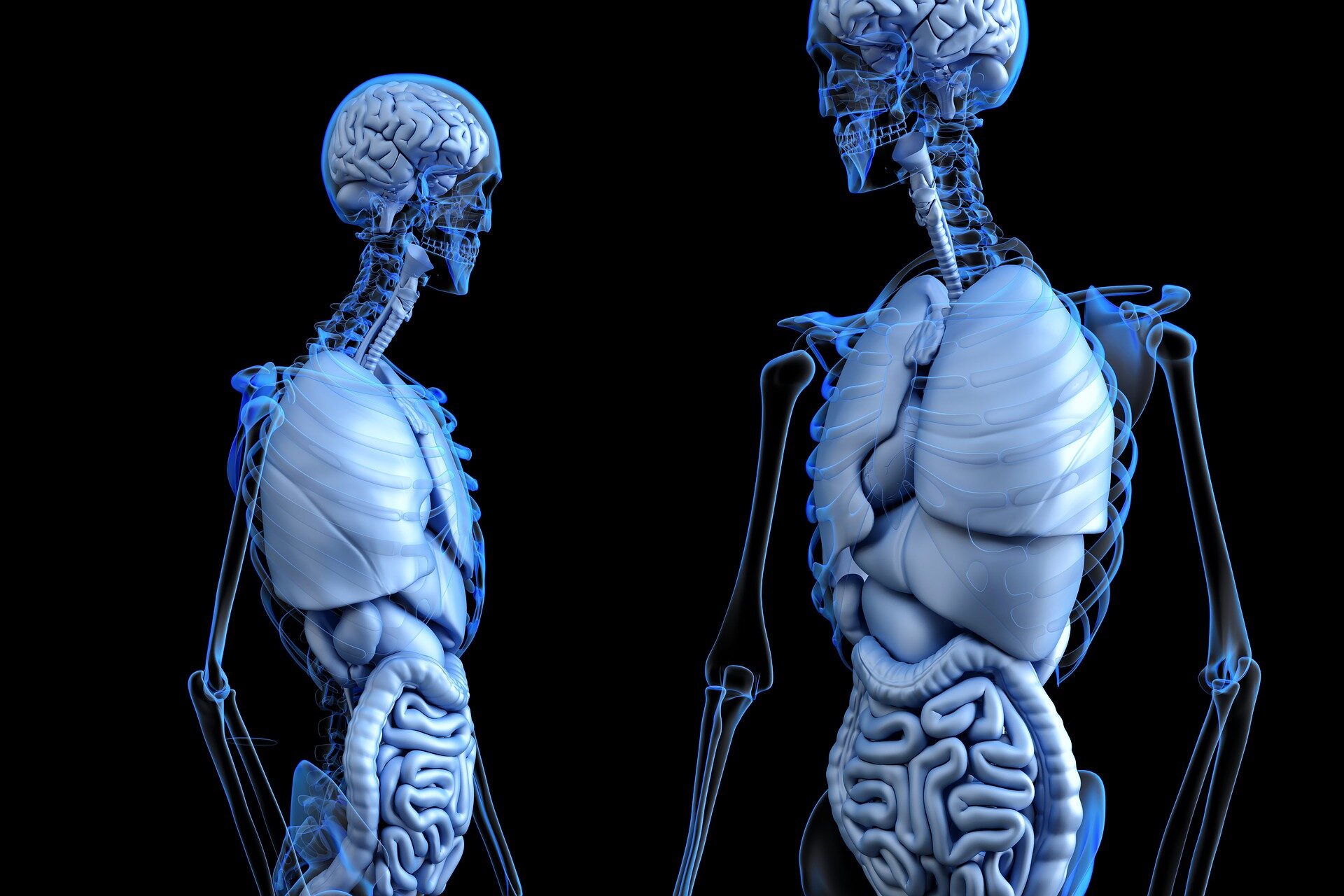

The liver is not only the largest organ in the body but also plays one of the most important roles in human metabolism as it transforms toxic substances in the body. Understanding the way its blood vasculature works is crucial, particularly during organ transplant. As the new organ may be larger or smaller than the original, whether the blood circulation will adapt to the change in size is one of the most critical factors in the transplant’s success. College of Engineering Chair Professor Dr. Sylvie Lorente, Mechanical Engineering, is part of an international team whose research shows that the challenge of predicting the liver vessel network can be met thanks to the constructal law of design evolution.
The team’s work unveils the structure of the liver blood flow architecture as a combination of superimposed tree‑shaped networks and a porous system. The main blood vessel (trunk) is connected to smaller vessels (branches), which are connected to smaller and smaller branches. Dr. Lorente notes: “The liver is fascinating because blood enters through two of those trees and goes out through one single tree. The connection between them occurs through micro metrics elements, the lobules, which behave like a porous material.”
Published in Scientific Reports, “The liver, a functionalized vascular structure,” explains how the organ’s entire blood circulation can be predicted as a design that evolved toward configurations with increasingly less resistance to the flows that go through them.
“Building on our results, we plan now to model how the liver changes in size and what the limits to failure are,” says Dr. Lorente. “We hope that our work can help surgeons in the decisions they have to make before and during transplant.”
more recommended stories
 Safer Allogeneic Stem Cell Transplants with Treg Therapy
Safer Allogeneic Stem Cell Transplants with Treg TherapyA new preclinical study from the.
 Autoimmune Disorders: ADA2 as a Therapeutic Target
Autoimmune Disorders: ADA2 as a Therapeutic TargetAdenosine deaminase 2 (ADA2) has emerged.
 Kaempferol: A Breakthrough in Allergy Management
Kaempferol: A Breakthrough in Allergy ManagementKaempferol, a dietary flavonoid found in.
 Early Milk Cereal Drinks May Spur Infant Weight Gain
Early Milk Cereal Drinks May Spur Infant Weight GainNew research published in Acta Paediatrica.
 TaVNS: A Breakthrough for Chronic Insomnia Treatment
TaVNS: A Breakthrough for Chronic Insomnia TreatmentA recent study conducted by the.
 First-of-Its-Kind Gene-Edited Pig Kidney: Towana’s New Life
First-of-Its-Kind Gene-Edited Pig Kidney: Towana’s New LifeSurgeons at NYU Langone Health have.
 Just-in-Time Training Improves Success & Patient Safety
Just-in-Time Training Improves Success & Patient SafetyA study published in The BMJ.
 ChatGPT Excels in Medical Summaries, Lacks Field-Specific Relevance
ChatGPT Excels in Medical Summaries, Lacks Field-Specific RelevanceIn a recent study published in.
 Study finds automated decision minimizes high-risk medicine combinations in ICU patients
Study finds automated decision minimizes high-risk medicine combinations in ICU patientsA multicenter study coordinated by Amsterdam.
 Study Discovers Connection Between Omicron Infection and Brain Structure Changes in Men
Study Discovers Connection Between Omicron Infection and Brain Structure Changes in MenA recent study in the JAMA.

Leave a Comment